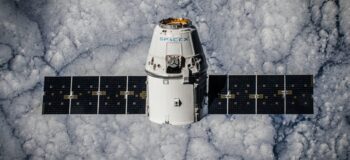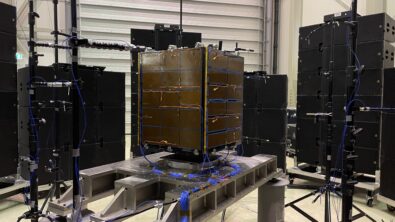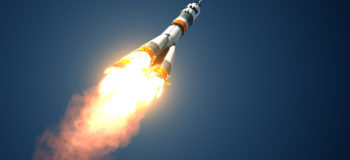Indian Space Research Organisation (ISRO) celebrates mission to the moon
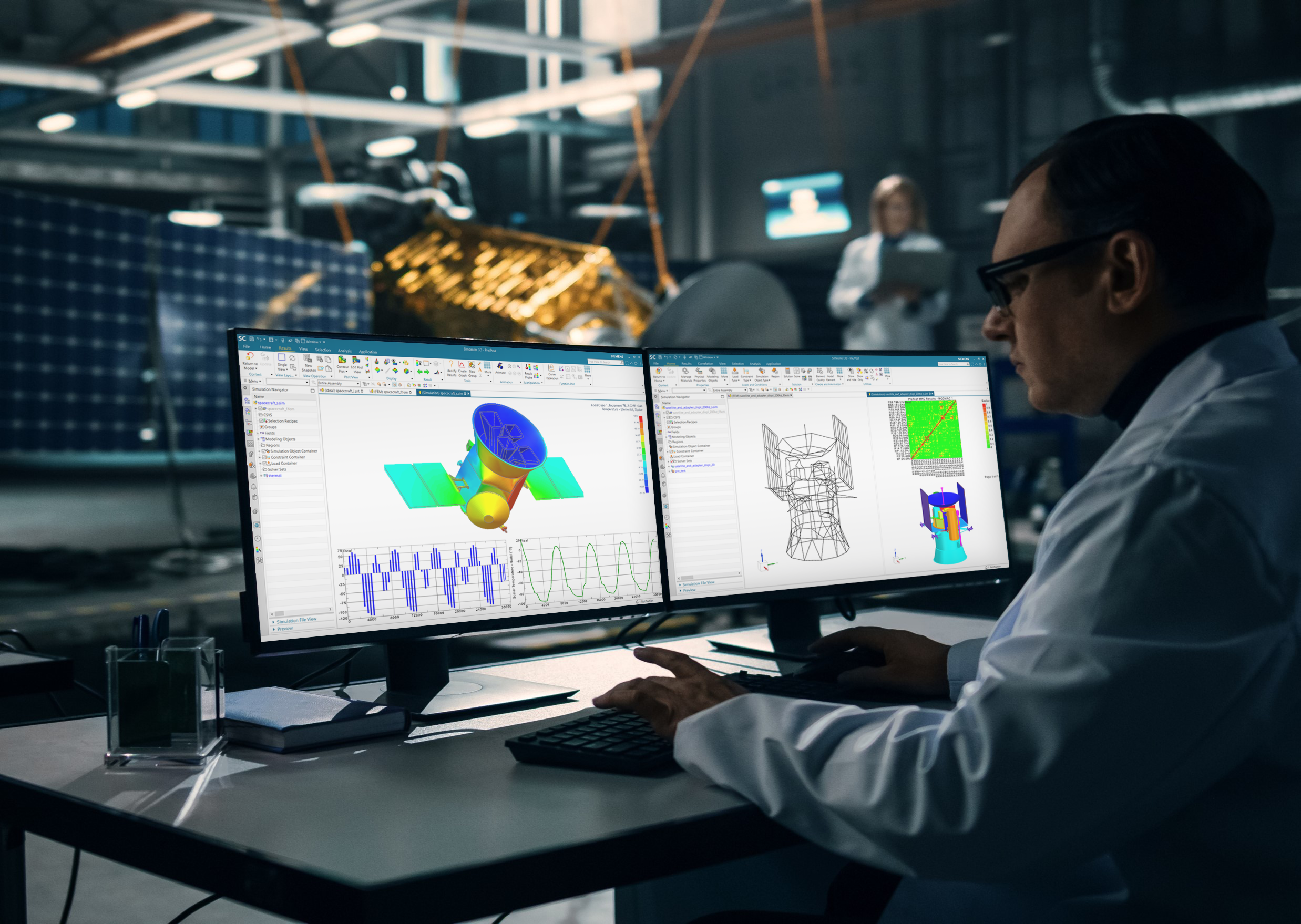
Following India’s accomplishment in becoming the fourth country to achieve a soft landing on the moon, Siemens has been thanked for significantly contributing to the success of ISRO’s space exploration programme.
In August 2023 there was excitement and joy across India when the Chandrayaan-3 spacecraft touched down near the unexplored lunar south pole, discharging a six-wheeled rover to collect data and send detailed images of the surrounding area back to earth.
Congratulatory messages were dispatched to India from around the world and in turn ISRO has issued a letter of appreciation to Siemens. This recognizes Siemens as a valuable industry partner and thanks the company for delivering vibration and acoustics test systems that have enabled ISRO to implement an ambitious space programme. “We congratulate ISRO on this milestone achievement and humbly accept their appreciation,” said Kumaraswamy, Director, Simulation & Test Solutions portfolio, Siemens Digital Industries Software India. “It’s matter of great pride and honor to have been associated with the prestigious Chandrayaan-3 and Aditya L-1 missions.”
Formed in 1969 and based in Bengaluru with centers of specialist expertise throughout India, ISRO is overseen directly by the Prime Minister of India. In addition to researching topics such as astronomy and astrophysics and supporting national science education, it has systems that deliver services across communication, broadcasting, meteorology, navigation and the monitoring and management of resources. One major aspect of ISRO activity is the provision of a launch service for commercial satellites.
A launch is the culmination of a complex design and development process in which testing plays a critical role. When a rocket lifts off the sensitive instruments inside a satellite are subject to an extreme vibration and acoustic environment and crucial checks need to take place before lift-off. Speed and accuracy are critical and to ensure reliable pre-launch measurement and testing ISRO employs Siemens Simcenter Testlab software suite for data collection, analytics, and modeling. This is used with Simcenter SCADAS data acquisition hardware systems.

Through a workflow-based interface that guides users through all the stages of testing, Simcenter Testlab suggests optimal settings for measurement and analysis, helping to improve productivity at ISRO. The seamless sharing of data between different applications enables users to efficiently track down the source of any problem in spacecraft design. With these comprehensive capabilities ISRO has the capacity to conduct realistic spacecraft simulation, accelerating the test process and guaranteeing data quality.
Tests on Chandrayaan-3 were conducted several months before the moon landing, in the spring of 2023. Those tests were particularly challenging because the Chandrayaan-3 spacecraft was a composite of three modules: Propulsion, Lander, and Rover. Despite the complexity of the spacecraft’s design, vibration and acoustic testing confirmed its structural integrity and its ability to withstand the launch environment.

ISRO followed the success of Chandrayaan-3 with Aditya L1, launched in early September 2023. On India’s first mission to observe the sun, this spacecraft will study solar winds from a halo orbit around the first Sun-Earth Lagrange point, known as L1. This is a location where the gravitational forces of the earth and the sun are in equilibrium. It is approximately 1.5m Km from earth.
Siemens and ISRO have been working together for over 15 years with Siemens providing fail-safe software capability plus support, both from local personnel and the global development team. During that time, Siemens technologies have contributed to the successful missions that have resulted in India gaining a prominent position in the global space industry.
This long-term collaboration, forged over numerous launches, has resulted in a mutually beneficial relationship. As ISRO engages with the problems and solutions of space exploration it has praised Siemens for its technologies and its people; and the experience gained from these pioneering projects has contributed to the ongoing development of Simcenter tools. As Kumaraswamy notes, “Our association with ISRO has helped the Simcenter Test portfolio to evolve. ISRO has great appreciation not only for the technical superiority of our test systems to deliver safe, precise, and faster testing but also for the local support team who have been available during many critical times. We assure ISRO of our continued support in all future missions.”
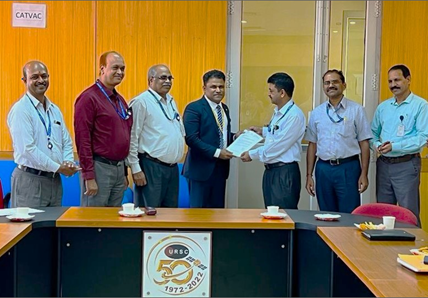
Just as ISRO’s accomplishments have instilled a huge sense of national pride, ISRO’s acknowledgement of the contribution made by Siemens is an honor that is deeply appreciated. We are excited about our involvement with such a prestigious partner as it pursues further technological advancements, including the potential for sending humans into space. We continue to gain inspiration from ISRO as it plans and prepares for future missions.
For further information
